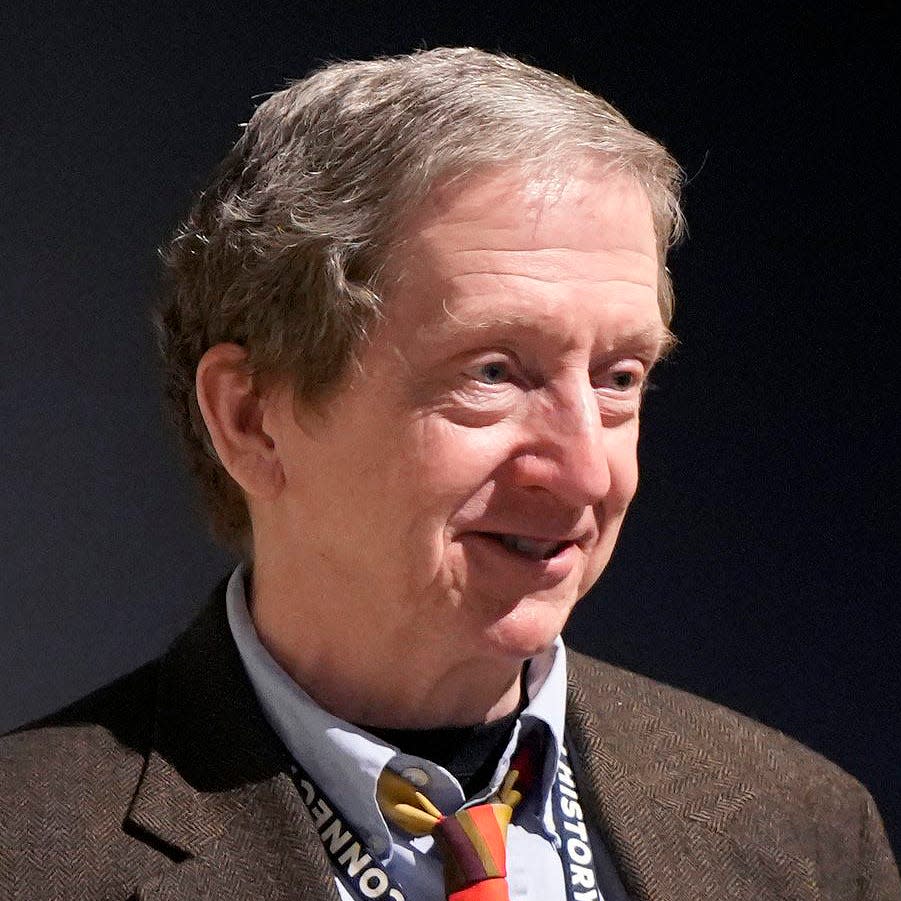Exploring the past to make a better future | Archaeology
In one of his most famous paintings, the artist Paul Gauguin posed three fundamental questions: “Where do we come from? What are we? Where are we going?” Archaeologists have come up with reasonably good answers to the first two questions; and the insights gained from answering those questions help us find answers to the third.
Deborah Barsky, an archaeologist at the Catalan Institute of Human Paleoecology and Social Evolution in Tarragona, Spain, believes “lessons learned from the distant past can be useful tools” for building a sustainable future. Her book, "Human Prehistory: Exploring the Past to Understand the Future," is a testament to the fundamental importance of the past. It “belongs to all of us; it is the root of all things. It has molded us and will continue to define us.”
Barsky reviews the human evolutionary story, from the appearance of the first human ancestors to walk upright around 6 million years ago to the rise of the first civilizations beginning about 6,000 years ago. Barsky thinks the appearance of the first stone tools about 3 million years ago is a significant benchmark in our history as it jumpstarted the runaway technological evolution that “appears to be dictating the outcome of our own destiny.”

One outcome of that runaway technological evolution has been the rise of industries based on burning fossil fuels, which, over the last century and especially since the 1950s, have produced “unprecedented levels of toxic carbon emissions.” As Barsky observes, “there is sufficient scientific data and clearly perceptible evidence that the climate is now changing drastically.” Furthermore, we now know that our profligate use of fossil fuels is the cause of this climate catastrophe. Ironically, our technological triumphs have “been transformed into a planetary nightmare."
Other columns:Ice Age American Indians ate mastodons, dogs in southern Ontario
Nevertheless, “the large-scale hindsight” provided by the more than 6 million years of human history recovered by archaeologists, geologists, and other scientists offers some hope. Even if, as seems all too likely, we prove unable to substantially reduce or reverse global warming due to political inaction, Barsky suggests we can find ways to adapt to the “expected consequences” of this human-caused climate change the same way our ancestors adapted to numerous episodes of natural climate change in the past — by using our “technological prowess.”
One of those expected consequences is the “upcoming rush of climate catastrophe migrants” who will be forced to leave their homes due to environmental disasters. Unfortunately, as Barsky observes, the ability of the “so-called developed world” to deal with this approaching humanitarian crisis may be undermined by the resurgence of nationalism and “far-right sentiments of exclusionism.”
Barsky proposes that we push back against these misguided and dangerous ways of thinking with insights from the study of the deep human past. An archaeological perspective “allows us to consider humanity as a whole, to ponder the wonders of its emergence and evolution and to conceive appropriately of ourselves as a species that, once divided, has evolved into a single, globalized entity.”
More columns:Working with biased data to understand the past | Archaeology
Given the grave challenges we face, Barsky’s optimism may seem unrealistic. But as James Baldwin, an African American writer and civil rights activist who understood a thing or two about overcoming challenges, declared in a letter to his nephew: “Know whence you came. If you know whence you came, there is really no limit to where you can go.”
Brad Lepper is the senior archaeologist for the Ohio History Connection’s World Heritage program.
blepper@ohiohistory.org
This article originally appeared on The Columbus Dispatch: Archaelogy: How lessons from the past that inform our future

